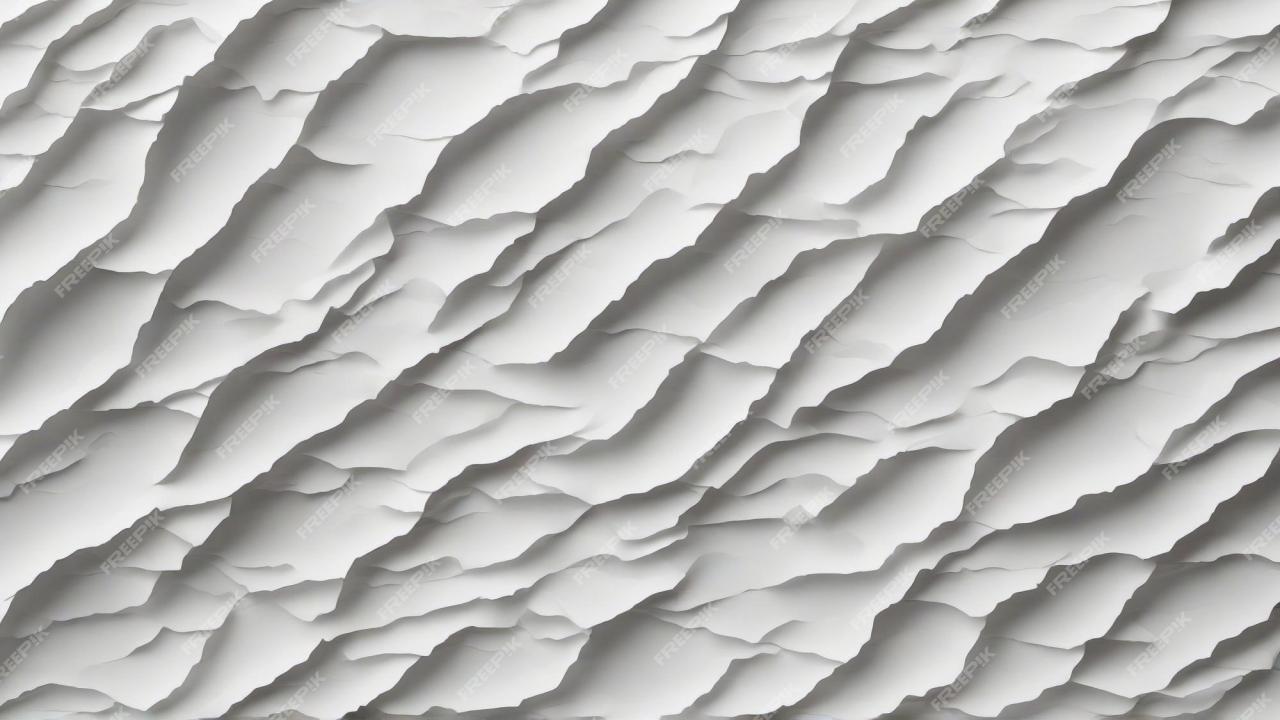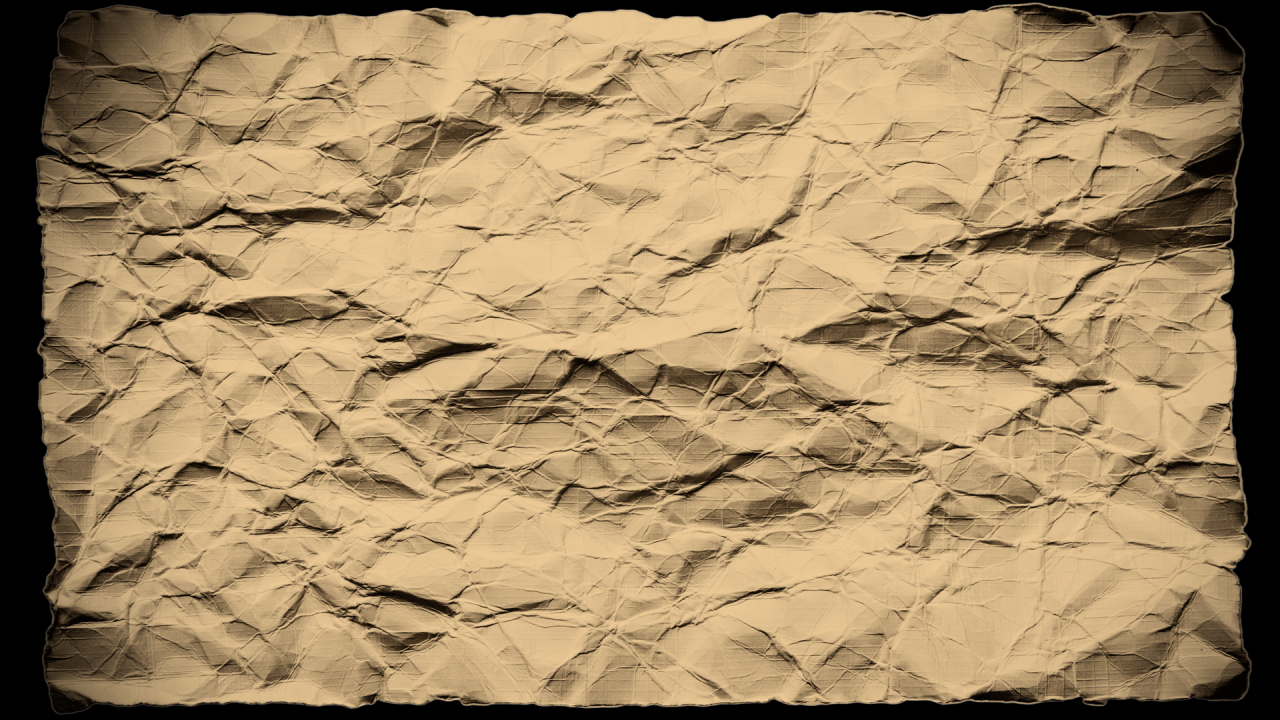
Best Ripped Paper Texture A Deep Dive
Best ripped paper texture—it sounds simple, right? But the world of ripped paper textures is surprisingly deep! From the satisfying crunch of a real tear to the subtle nuances of a digitally created one, there’s a surprising amount of artistry involved. We’ll explore the visual characteristics of a truly great ripped paper texture, diving into everything from the type of paper used to the lighting that makes it pop.
We’ll even touch on the psychology behind why a ripped edge can evoke such a strong emotional response.
Think about it: a ripped piece of paper can instantly conjure feelings of nostalgia, urgency, or even a sense of rebellion, depending on the execution. This seemingly simple element can dramatically alter the mood and message of any design project, from a rustic wedding invitation to a modern tech startup’s logo. Get ready to unlock the secrets behind this often-overlooked design element!
Defining “Best Ripped Paper Texture”

Source: freepik.com
The “best” ripped paper texture is subjective, depending on the desired aesthetic and application. However, certain visual characteristics consistently contribute to a high-quality, visually appealing result. It’s about the interplay of the rip itself, the paper’s properties, and the overall presentation. A truly great ripped paper texture evokes a sense of authenticity and perhaps even a hint of the process that created it.The visual appeal of a ripped paper texture hinges on several key elements.
A successful rip isn’t just about tearing the paper; it’s about controlling the resulting edge and understanding how different paper types react to the tearing process.
Types of Rips and Their Visual Characteristics
Different ripping techniques yield distinctly different results. A clean tear, for instance, might produce a relatively straight edge with minimal fraying, suggesting a deliberate, controlled rip. This is often seen in high-quality papers with a consistent structure. In contrast, a jagged tear, characterized by irregular, uneven edges and possibly smaller fragments, conveys a sense of urgency or perhaps even violence.
Finally, frayed edges, where the paper fibers are visibly separated and pulled apart, add a textured, almost aged quality. The choice of rip type drastically impacts the overall feel and message conveyed by the texture. Consider a vintage poster – a jagged tear might suggest age and wear, while a clean tear might feel out of place.
Factors Influencing Perceived Texture Quality
The perceived quality of a ripped paper texture is not solely determined by the rip itself. The color of the paper plays a significant role; a rich, deep color can highlight the texture’s intricacies, while a pale color might make the details less prominent. Lighting is equally crucial; strong, directional lighting can emphasize the shadows and highlights within the texture, revealing its depth and complexity, whereas soft, diffused lighting might create a smoother, less dramatic effect.
The paper type itself is also paramount. A thicker, heavier paper will produce a different rip than a thin, lightweight sheet; the former might exhibit more robust, less easily frayed edges, while the latter might show more delicate, easily torn fibers.
Paper Weight and Type Differences
The weight and type of paper dramatically affect the resulting ripped texture. Heavier papers, such as cardstock or cover stock, tend to create cleaner, more defined rips with less fraying. The fibers are more tightly bound, resisting the uncontrolled tearing that leads to jagged edges. Lighter papers, such as printing paper or tissue paper, are more prone to fraying and irregular tears, resulting in a softer, less defined texture.
The paper’s composition also matters; papers with a higher percentage of cotton fibers, for example, might show more textured and uneven rips compared to papers made with wood pulp. Think of the difference between tearing a sturdy manila envelope versus a delicate sheet of watercolor paper. The textures will be markedly different.
Applications of Ripped Paper Textures

Source: wallpaperaccess.com
Ripped paper textures offer a surprisingly versatile design element, capable of conveying a wide range of moods and styles. Their inherent imperfection adds a unique tactile quality to digital designs, bridging the gap between the physical and the virtual. This text explores the diverse applications of this texture across various design disciplines.
Website Banner Design Using Ripped Paper Textures
A website banner featuring a ripped paper texture can instantly grab attention and set a specific tone. Imagine a banner with a dark, distressed paper background, revealing a brightly colored call to action underneath. This technique creates a sense of intrigue and urgency. To illustrate effective use in a responsive layout, consider the following HTML table example:
|
Column 1: Main Image |
Column 2: Headline |
Column 3: Call to Action |
Column 4: Logo |
This table demonstrates how different elements can interact within a ripped paper banner to create a cohesive and engaging design. The responsive nature of the table ensures the layout adapts well to different screen sizes.
Ripped Paper Textures in Branding and Packaging Design
Ripped paper textures are frequently employed in branding and packaging to evoke specific feelings. For example, a rustic coffee brand might use a distressed, slightly browned ripped paper texture to suggest a handcrafted, artisanal product. Conversely, a modern tech company could use a clean, white ripped paper texture with sharp edges to convey innovation and minimalism. Think of a craft beer label with a seemingly hand-torn edge, adding to its authentic, handmade feel, or a minimalist perfume box with subtly ripped edges enhancing the premium, sophisticated look.
The texture subtly communicates a brand’s personality and values.
Mood Board: Ripped Paper Textures in Different Design Styles
Imagine a mood board showcasing the versatility of ripped paper textures. One section could depict a rustic design: a dark, aged paper background with a roughly torn edge, featuring images of vintage tools and natural textures. Another section could present a modern design: a clean, white ripped paper with sharp, geometric shapes overlaid, suggesting a contemporary and minimalist aesthetic. Finally, a vintage section could showcase a faded, yellowed paper with delicate, irregular tears, complemented by antique-style typography and imagery.
This mood board visually demonstrates how the same texture can adapt to drastically different design styles.
Industries Utilizing Ripped Paper Textures
Many industries leverage the visual appeal of ripped paper textures. The craft and artisanal industry frequently uses it to evoke authenticity. The vintage and retro industries use it to add a sense of nostalgia. The eco-friendly and sustainable industries often use it to communicate a connection to nature and handmade products. Marketing materials for events and festivals can use it to create a sense of excitement and anticipation.
Even the technology sector occasionally incorporates ripped paper textures for a unique and unexpected visual element.
Creating Ripped Paper Textures
Crafting realistic ripped paper textures, whether for design projects or artistic endeavors, offers a surprisingly versatile creative tool. The ability to generate these textures digitally opens up a world of possibilities, bypassing the limitations of physical materials and allowing for precise control and easy iteration. This section will explore both digital and physical methods, comparing their strengths and weaknesses, and providing a detailed guide to digital creation using free software.
Digitally creating a realistic ripped paper texture involves leveraging the power of image editing software to mimic the irregularities and imperfections of a physically torn piece of paper. This requires a nuanced understanding of how light interacts with the paper’s surface, how the fibers separate, and the subtle variations in color and texture that define a genuine rip. Unlike physically tearing paper, which is a somewhat unpredictable process, digital manipulation allows for greater precision and control over the final result.
Digital Creation of Ripped Paper Textures
Creating a digital rip starts with a base image of plain paper. This could be a photograph you’ve taken or a texture found online. Using software like GIMP (a free, open-source alternative to Photoshop), you’d begin by selecting the area you want to rip. The selection tool should be precise, but don’t worry about perfect edges; imperfections add to realism.
Next, you’d use a selection feathering tool to soften the edges of your selection, simulating the frayed nature of a real rip. Then, you would delete the selected portion, creating the initial tear. The next step is crucial: adding subtle details. Using the smudge tool, carefully manipulate the edges of the tear, creating irregularities and variations in the paper’s fibers.
Experiment with different brush sizes and opacities to achieve a natural-looking fray. Finally, you can add subtle shading and highlights to emphasize the depth and texture of the rip, enhancing its three-dimensionality. Adjusting the levels and curves can further refine the color and contrast, making the texture appear more realistic.
Comparing Digital and Physical Methods
While physically tearing paper offers a unique tactile experience and naturally occurring irregularities, it lacks the precision and control afforded by digital methods. Physical tearing often results in unpredictable rips, making it difficult to achieve consistent results. Digital manipulation, on the other hand, allows for complete control over the shape, size, and texture of the rip, enabling the creation of perfectly uniform rips or highly irregular ones with ease.
Furthermore, digital methods allow for easy editing and experimentation, while physical methods require multiple attempts and potentially wasted material. The choice between physical and digital methods depends on the desired level of control, consistency, and the overall artistic vision.
Adjusting Parameters for Realism in Digital Rips, Best ripped paper texture
Achieving a high degree of realism in a digital rip hinges on subtle adjustments to various parameters within the image editing software. The feathering amount on the selection tool significantly impacts the softness and fraying of the edges. A higher feather value creates a more ragged and natural-looking rip, while a lower value results in a sharper, cleaner tear.
The brush size and opacity used for the smudge tool also play a crucial role. Smaller brushes create finer details, while larger brushes create more dramatic, irregular tears. Lower opacity allows for gradual blending and subtle variations in texture, while higher opacity results in more pronounced and visible changes. Finally, careful adjustment of the levels and curves can fine-tune the color and contrast, enhancing the overall realism of the ripped paper texture.
Experimentation with these parameters is key to achieving the desired effect.
Creating Ripped Paper Textures with Free, Open-Source Software
GIMP, a powerful and completely free, open-source image editor, provides all the necessary tools to create realistic ripped paper textures. The process closely mirrors the one described above, leveraging GIMP’s selection tools, feathering options, smudge tool, and color adjustment capabilities. GIMP’s extensive layer system allows for non-destructive editing, enabling easy experimentation and adjustments without permanently altering the original image.
Furthermore, GIMP boasts a large and active community, providing ample resources, tutorials, and support for users of all skill levels. Utilizing readily available tutorials and online resources, anyone can master the art of creating realistic ripped paper textures using this free and versatile software.
Visual Analysis of Ripped Paper Textures: Best Ripped Paper Texture
The authenticity of a ripped paper texture hinges on a complex interplay of visual cues, subtly mimicking the physical process of tearing. Understanding these cues is crucial for both creating convincing digital reproductions and appreciating the nuances of real-world examples. This analysis delves into the key visual elements that define a truly believable ripped paper texture.
Key Visual Elements Contributing to Authenticity
Several key visual elements contribute significantly to the perceived realism of a ripped paper texture. These include the irregularity of the tear, the fiber disruption visible at the edges, and the subtle variations in tone and color along the tear line. A perfectly straight or uniformly textured tear immediately betrays a lack of authenticity. Instead, a believable rip shows a jagged, unpredictable edge, reflecting the random nature of the tearing process.
The fibers themselves should appear disturbed and slightly frayed, not cleanly severed. Finally, subtle variations in color and shading along the tear line, often exhibiting slight shadowing or highlighting, add to the illusion of depth and realism.
Impact of Lighting and Shadow
Lighting and shadow play a critical role in enhancing the three-dimensionality and realism of a ripped paper texture. The way light interacts with the uneven surface of the rip creates highlights and shadows that define the depth and form of the tear. Strong backlighting can accentuate the frayed edges and subtle variations in thickness, creating a more pronounced sense of texture.
Conversely, soft, diffused lighting might minimize these details, resulting in a less dramatic but potentially more subtle and realistic effect. The direction and intensity of the light source directly impact the overall appearance, influencing the perceived depth and texture of the ripped paper.
Comparison of Ripped Paper Textures Across Different Paper Types
The type of paper significantly influences the appearance of a rip. Different paper types possess unique fiber structures and densities, leading to distinct visual characteristics when torn.Newsprint, with its relatively loose and porous structure, tends to produce a ragged, easily frayed tear with visible fiber separation. The tear is often irregular and somewhat fuzzy in appearance. Cardstock, on the other hand, being denser and more tightly woven, creates a cleaner, less frayed tear.
The edges may still be irregular, but the overall appearance is less ragged than with newsprint. Parchment, with its unique texture and density, produces a tear that is often more consistent and less frayed than cardstock, but still exhibits irregularities characteristic of a natural tear. The overall appearance can be quite smooth, yet still show evidence of the tearing process.
Comparison of Physically Ripped and Digitally Created Textures
The following table compares the visual characteristics of physically ripped paper versus digitally created ripped paper textures:
| Characteristic | Physically Ripped Paper | Digitally Created Paper | Notes |
|---|---|---|---|
| Edge Irregularity | Highly irregular, unpredictable | Can be irregular, but often shows some level of artificiality | Digital techniques may struggle to perfectly replicate the randomness of a physical tear. |
| Fiber Disruption | Visible fiber separation and fraying | Often simulated, may lack the subtle nuances of real fiber disruption | Advanced digital techniques can simulate fiber disruption, but rarely match the complexity of a physical tear. |
| Shadow and Highlight Variation | Natural, subtle variations due to surface irregularities | Can be simulated, but may appear overly uniform or artificial | Achieving realistic shadow and highlight variation digitally requires advanced techniques and careful attention to detail. |
| Color Consistency | Slight variations in color and tone along the tear line | Often more consistent in color | Digital manipulation can easily homogenize color, sometimes at the expense of realism. |
The Psychological Impact of Ripped Paper Textures
Ripped paper, far from being merely a discarded fragment, possesses a surprisingly potent psychological impact. Its texture, the uneven edges, the suggestion of fragility and impermanence, all contribute to a rich tapestry of emotional responses and associations, influencing how we perceive brands and messages. Understanding these impacts is key to effectively utilizing ripped paper textures in design and communication.Ripped paper textures evoke a range of emotions, largely dependent on the specific type of rip and the context in which it’s presented.
The inherent imperfection of a rip contrasts sharply with the clean lines of digitally produced imagery, creating a sense of authenticity and rawness. This can be powerfully evocative, tapping into our subconscious associations with handmade objects and tangible experiences.
Emotions and Associations Evoked by Ripped Paper Textures
The emotional response to ripped paper is nuanced. A clean, straight tear might suggest a deliberate action, perhaps a controlled release or a decisive break. This could be interpreted as purposeful, even empowering. In contrast, a jagged, irregular rip often conveys a sense of urgency, chaos, or even violence. The rough edges might symbolize a struggle, a sudden disruption, or a moment of intense emotion.
The color and type of paper also plays a role; aged, yellowed paper suggests nostalgia and history, while bright, crisp paper feels more modern and less burdened by time.
Influence of Ripped Paper Textures on Brand Perception
The strategic use of ripped paper textures can significantly impact brand perception. For instance, a brand aiming for a vintage or handcrafted aesthetic might utilize images of aged, ripped paper to convey authenticity and tradition. Think of a coffee shop using a ripped paper texture for their menu, suggesting a rustic charm and homemade quality. Conversely, a brand seeking to project a sense of urgency or excitement might use a more aggressively ripped paper texture to reflect that energy.
A promotional flyer announcing a flash sale, for example, could effectively use this technique.
Examples of Nostalgia and Authenticity Through Ripped Paper Textures
The use of ripped paper to evoke nostalgia is prevalent in advertising and design. Imagine a vintage travel poster featuring a ripped edge, subtly suggesting the passage of time and the allure of forgotten journeys. This technique instantly transports the viewer to a bygone era, tapping into powerful sentimental associations. Similarly, using ripped paper to showcase handwritten notes or vintage photographs can instantly enhance the perceived authenticity and personal touch of a brand.
The imperfections of the paper become a testament to the genuine nature of the content.
Finding the best ripped paper texture can be a real hunt! I’ve been experimenting lately, trying to perfect that authentic, aged look for my video thumbnails, and it’s surprisingly tricky. To get some inspiration, I even checked out some great tips on video editing in general from this awesome guide on getting it on with youtube , which helped me understand how texture impacts overall aesthetic.
Now, back to those paper textures – I think I’m finally onto something!
Visual Representation of Psychological Impact
Imagine two images side-by-side. The first depicts a clean, straight tear in a piece of crisp white paper. The edges are neat and precise. The accompanying text reads: “Clean Break: Suggests control, decision, and a sense of finality. Evokes feelings of clarity and resolution.”The second image shows a piece of aged, yellowed paper with a ragged, uneven tear.
The edges are frayed and irregular. The accompanying text reads: “Jagged Rupture: Suggests chaos, urgency, and a sense of disruption. Evokes feelings of anxiety, surprise, and perhaps even a hint of mystery.” This visual comparison clearly illustrates how the nature of the rip profoundly influences the emotional response.
Final Review

Source: vectorified.com
So, there you have it—a journey into the fascinating world of the best ripped paper texture! From understanding the visual elements that make a rip truly captivating to exploring its surprising psychological impact, we’ve uncovered the artistry behind this deceptively simple design element. Whether you’re a seasoned designer or just curious about the power of texture, I hope this exploration has inspired you to look at ripped paper in a whole new light.
Go forth and rip (digitally or otherwise)!
Popular Questions
What software is best for creating digital ripped paper textures?
Photoshop and GIMP are popular choices, offering powerful tools for realistic results. However, even simpler programs can achieve decent results with a bit of creativity.
Can I use ripped paper textures commercially?
It depends on the source. If you create the texture yourself, you own the rights. If you download a texture from a website, carefully check the license to ensure commercial use is permitted.
How do I achieve a realistic frayed edge on a digital rip?
Use the smudge tool or a filter to soften the edges, then add subtle variations in color and shading to mimic the unevenness of a real tear.
What’s the difference between a “clean” and “jagged” rip?
A clean rip has relatively straight edges, while a jagged rip has irregular, uneven edges. The type of rip significantly affects the overall feel and message.
